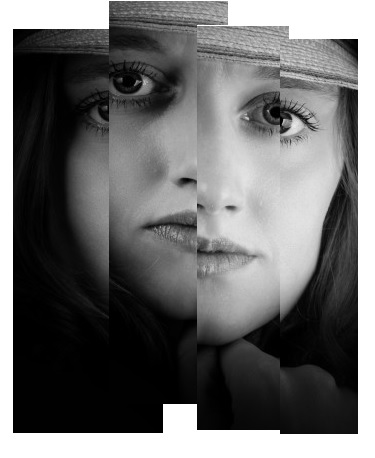
People who sustain an ABI (acquired brain injury) have received a devastating injury, but unlike physical injuries that may have accompanied the ABI, the brain injury is not apparent to the eye. Because others can’t see the injury, people facing ABI recovery may feel alone. While bones heal, trauma to the brain can cause longstanding issues.
Psychosocial complications can continue even decades after the injury. People with these invisible injuries and their lingering affects are often called “the walking wounded.”
ABI can result in various psychological issues. Family may report the person doesn’t seem like themselves and that their personality has changed. Anxiety can be a fact of life for some people with ABI. They may worry about their loss of control over their lives (e.g., can’t work, can’t drive, and maybe can’t even make it to the restroom in time). In busy or noisy situations, they may become overwhelmed by their inability to keep up with everything. Sometimes the anxiety can be extremely intense in the form of a panic attack.
Depression is another long-term complication after brain injury. Some sadness and frustration is normal following such a life-changing event. However, some people with brain injuries develop longstanding symptoms of depression which may be both situational and biological. Some people with depression may express the wish to not want to live life any more.
After a brain injury, mood swings and anger outbursts are another potential long-term complication. One minute the person is happy and laughing, the next minute they may be crying uncontrollably. Everyone gets mad, whether they have a brain injury or not. Most people without a brain injury are able to control their anger. After an ABI, the person may not be able to stop themselves from yelling, cursing, or physically attacking others (even those they love).
ABI Treatment
Fortunately, all of these psychosocial complications are treatable and some level of improvement can result. Symptoms can be managed. Research suggests that early detection and intervention is recommended. In some cases, medications may be helpful as well as cognitively-structured forms of counseling.
The best treatment appears to be a holistic rehabilitation approach including any necessary modality specific therapies (e.g., physical therapy, occupational therapy, speech therapy) along with neuropsychology and cognitively-structured activities and counseling.

